Photo



‘Hope Dickens’ work explores everyday settings that feature the juxtaposition of nature in urban settings.
‘Clothesline’, ‘Orange car’, and ‘Liberty Island chairs’ by Hope Dickens
260 notes
·
View notes
Video
youtube
Over the past 3 years, 60 artists have offered art assignments, and thousands of artworks have been made in response. Here’s a brief glimpse of what we’ve all made together over the course of this series so far. So KEEP ASSIGNMENTING!
If you’d like to join a group that does assignments together, sets deadlines, and engages in fascinating discussion, go to: www.facebook.com/groups/artassignmentextracredit/
47 notes
·
View notes
Photo

“As we come marching, marching, unnumbered women dead
Go crying through our singing their ancient song of bread.
Small art and love and beauty their drudging spirits knew.
Yes, it is bread we fight for — but we fight for roses, too!
As we come marching, marching, we bring the greater days.
The rising of the women means the rising of the race.
No more the drudge and idler — ten that toil where one reposes,
But a sharing of life’s glories: Bread and roses! Bread and roses!”
– Bread and Roses, 1911
4K notes
·
View notes
Video
vimeo
Louise Despont Draws Deep | ART21 "New York Close Up" from Art21 on Vimeo.
http://www.louisedespont.com/
0 notes
Photo
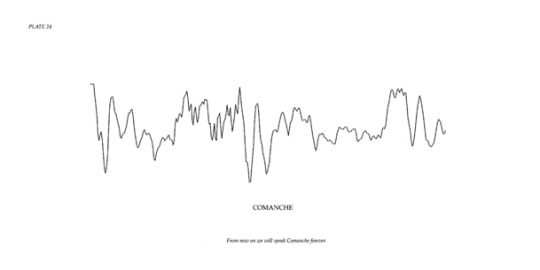

Susan Hiller, The Last Silent Movie, 2007, plate 13 and 24 from a series of 25 etchings completed in 2008, ea. 14-1/2 x 16-3/4 in. (37 x 42.5 cm) (artwork © Susan Hiller)
“Each of Susan Hiller’s works is based on specific cultural artifacts from our society, which she uses as basic materials. Many of her works explore the liminality of certain phenomena including the practice of automatic writing (Sisters of Menon, 1972/79; Homage to Gertrude Stein, 2010), near death experiences (Channels, 2013), and collective experiences of unconscious, subconscious and paranormal activity (Dream Mapping, 1974; Belshazzar’s Feast, 1983-4; Dream Screens, 1996;Psi Girls, 1999; Witness, 2000).”
“The viewer hears twenty-five voices in succession speaking short passages in extinct or endangered languages. Susan Hiller collected the recordings for her twenty-one-minute audiovisual work The Last Silent Movie from a variety of archival sources. In some cases, the narrator is the last known speaker of the language. The piece includes a series of etchings hang nearby; they transcribe the sound waves produced by phrases from each of the collected sound clips.” http://artjournal.collegeart.org/?p=3918
0 notes
Video
youtube
Susan Hiller, The Last Silent Movie, 2007, (art work @ Susan Hiller)
0 notes
Photo

Men dress beef, remove hides, and split backbones in Swift's Packing House, Chicago, in the early 1900s. LIBRARY OF CONGRESS PRINTS AND PHOTOGRAPHS DIVISION
The Jungle is a 1906 novel written by the American journalist and novelist Upton Sinclair (1878–1968).[1] Sinclair wrote the novel to portray the harsh conditions and exploited lives of meat packing industries in the United States in Chicago and similar industrialized cities.[2] However, most readers were more concerned with his exposure of health violations and unsanitary practices in the American meatpacking industry during the early 20th century, greatly contributing to a public outcry which led to reforms including the Meat Inspection Act. Sinclair famously said of the public reaction "I aimed at the public's heart, and by accident I hit it in the stomach."
The book depicts working class poverty, the lack of social supports, harsh and unpleasant living and working conditions, and a hopelessness among many workers. These elements are contrasted with the deeply rooted corruption of people in power. A review by the writer Jack London called it "the Uncle Tom's Cabin of wage slavery."[3]
Sinclair was considered a muckraker, or journalist who exposed corruption in government and business.[4] In 1904, Sinclair had spent seven weeks gathering information while working incognito in the meatpacking plants of the Chicago stockyards for the newspaper. He first published the novel in serial form in 1905 in the Socialist newspaper Appeal to Reason and it was published as a book by Doubleday in 1906.
Sinclair's account of workers falling into rendering tanks and being ground along with animal parts into "Durham's Pure Leaf Lard" gripped the public. The poor working conditions, and exploitation of children and women along with men, were taken to expose the corruption in meat packing factories
0 notes
Photo

“Street Arabs - Barelegged - Mulberry Street” 1888-1898
Jacob Riis
Social Reformer - New york 1880’s muckraker
Riis was moved by what he saw in the neighborhood, and he taught himself basic photography and started taking a camera with him when he hit the streets at night. In a stroke of good timing, flash photography had only recently been invented, and Riis became a pioneer in its use, employing the new technique to capture stark indoor and outdoor night scenes. The images he brought to the public’s eye were full of crowded tenements, dangerous slums and poignant street scene—images of a downtrodden underclass that most readers had only previously read about, at best.
How the Other Half Lives
Riis’ unflinching photos appeared in books, newspapers and magazines, and before long they were used as tools for social reform. In 1890, Riis’ book of social criticism, How the Other Half Lives, was published, and perusing its pages proved to be an eye-opening experience for the reader.
The book presented statistics about New York’s poverty and contained drawings of the photos from Riis’ unending tour of the city’s worst slums. Riis said that his motivation for presenting such a dark tableau was “that every man’s experience ought to be worth something to the community from which he drew it, no matter what that experience may be.”
0 notes
Photo


“Showing Their Trick”, “Old House in Bleeker Street”, Jacob Riis 1888-1898
0 notes
Photo

https://www.artsy.net/artwork/shara-hughes-being-shady
Hughes, Shara. Being Shady. 2016, oil on canvas, Hathaway Gallery, Atlanta, Georgia, United States of America.
0 notes
Photo
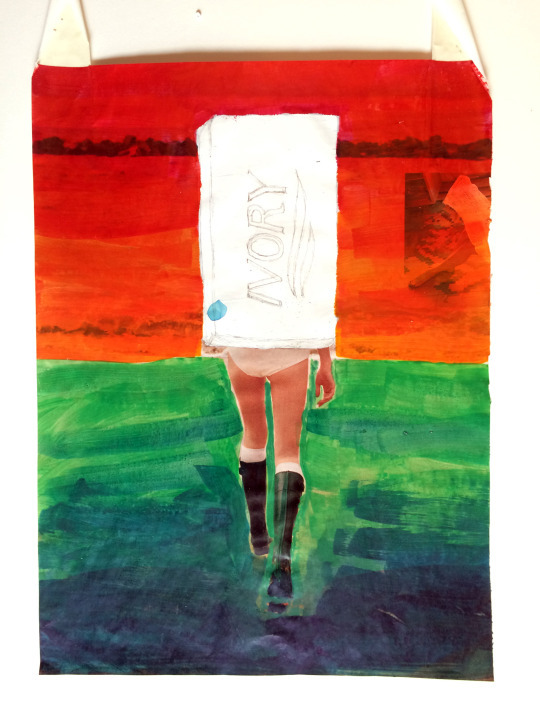


http://www.cauleensmith.com/
Smith, Cauleen. IVORY_ANTHROPOLOGY. 2015. White-out on magazine tearsheets. Online collections of Cauleen Smith.
0 notes
Photo

https://www.artsy.net/artwork/john-folsom-chroma-view-number-2
Folsom, John. Salt Marsh Redux #1. 2016. Pigment print on board with oil and wax medium, Hathaway Gallery, Atlanta, Georgia, United States of America.
0 notes
Photo
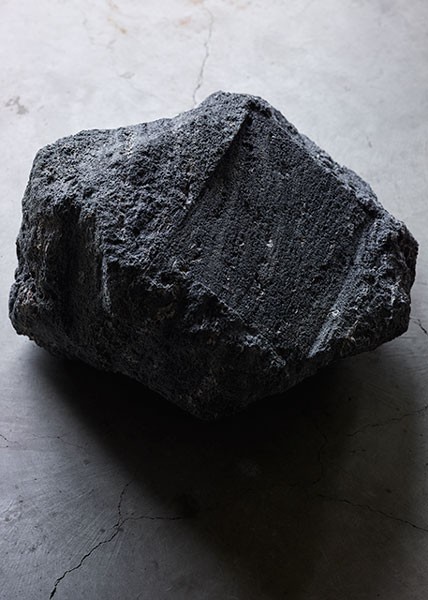
http://zarouhie.com/index.php/selected-works/a-betrayal/
Abdalian, Zarouhie. From what is called Mono Country. 2016. Lava rock. Clifton Benevento, New York City, New York, United States of America.
0 notes
Photo

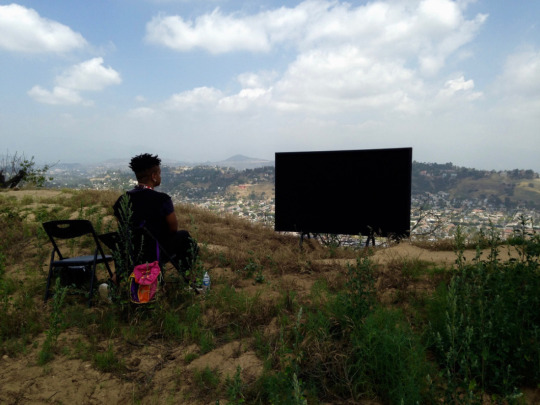
https://hammer.ucla.edu/exhibitions/2016/made-in-la-2016/rafa-esparza/
Esparza, Rafa. Made in LA 2016. 2016. Installation. Hammer Museum, Los Angeles, California, United States of America.
0 notes
Photo




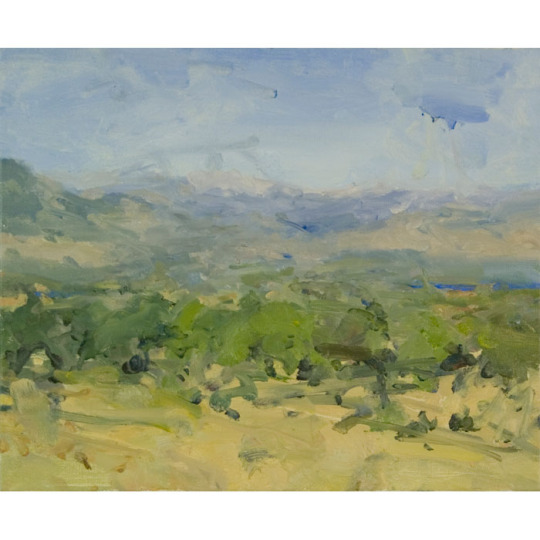




Wolfson, Jordan. Sky, Mountains, Valley in Nine States. 2010. Oil on linen. Digital Collections of Jordan Wolfson.
http://jordanwolfson.com/works/polyptychs/sky-mountains-valley-in-nine-states/
0 notes
Photo

http://joelholmberg.com/recent/
Holmberg, Joel. Capabilities. 2015. Acrylic and oil paint on canvas. Digital collection of Joel Holmberg.
0 notes
Photo

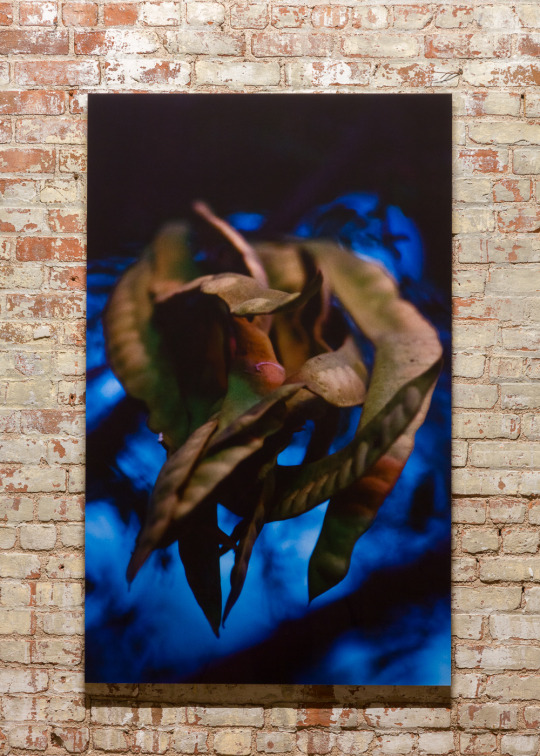
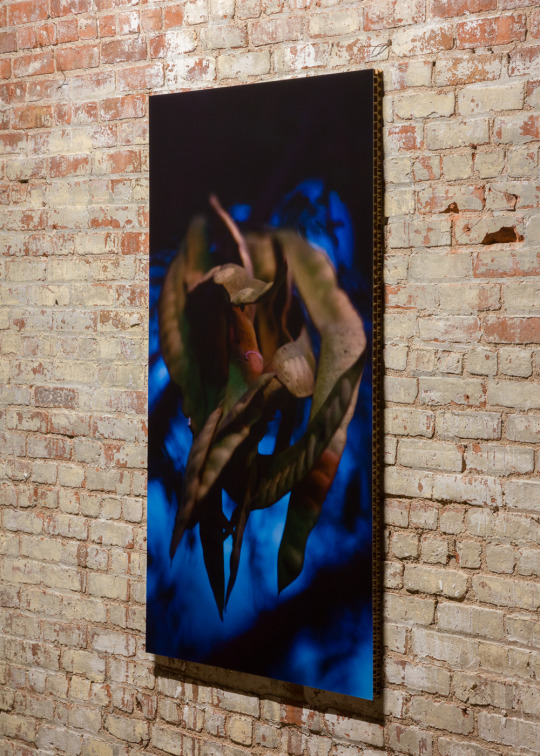
Gillen, Oto. Release: Climate of Hunter. 2016. Digital images. Eli Ping Frances Perkins, New York City, New York, United States of America.
http://elipingfrancesperkins.com/archive/2106/gillen/
0 notes